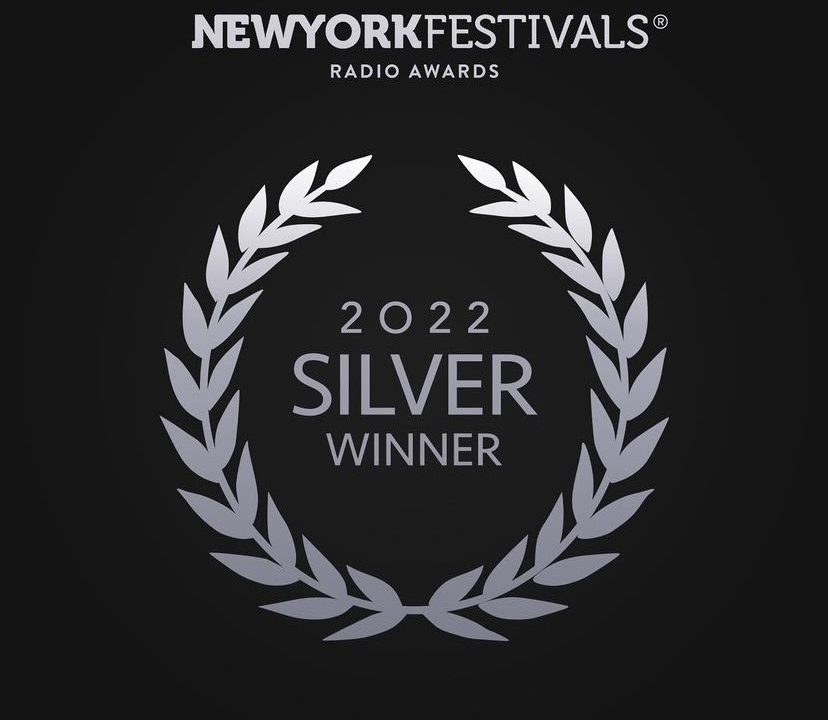
The magic of music
Part one
By Michael R. Lee, Ph.D.
What is more alluring than femme fatales, Grand Theft Auto, the Avengers and Schitt’s Creek combined? What is the most emotionally compelling cultural experience in most people’s lifetimes? When you reach rock bottom and the despair seems overwhelming, when you are as jubilant and happy as you’ve ever been and want to dance all night, music is there for you. It is widely accessible, inexpensive and easily searched. Music is abundant, diverse, spans generations and is constantly being replenished.
Recorded music has been around a bit longer than you might think. Although the first recordings were made in Paris in the late 1850s, Thomas Edison invented the phonograph in 1877. That launched a technological evolution that says as much about science as it does about music. The 1890s saw the first 78 revolution per minute records, primitive though they were. It wasn’t until 1948 that Columbia records released the first long play (33RPM) record, which was referred to as an album. The next year came the single, which spun at 45RPM and required an adapter for the spindle of the phonograph. Cassettes, which were developed by the Dutch company Phillips, hit the U.S. market in 1964, and 8 track cartridges followed in 1965. Seventeen years later, compact discs were introduced, and music became digital. The roots of streaming go back to 1997 and really took off in 1999 with the arrival of Napster. Instead of the full bandwidth of compact discs, streamers all used mp3 quality, which sacrificed some fidelity for the sake of taking up less storage space.
One another avenue of music delivery has been built into virtually every car sold since 1946. Chevrolet built the first car radio in 1922 at an add-on cost of $200. That is equivalent to approximately $2,734 today, or 17 years of Sirius XM charges. Radios in cars were initially every bit as controversial as cell phones in cars are today. A 1934 poll showed 56% of people thought car radios were dangerous. The fear of distracted drivers hopped up on Fred Astaire or Glenn Miller slowed their adoption. But just momentarily. While the formative years of radio were newscasts, plays and sports, radio became the predominant delivery vehicle of music in the 1950s and well beyond. The birth of Top 40 and “Boss” Radio, country and easy listening stations made AM radio a money machine until listeners and station owners realized that FM delivered greater fidelity and fewer dropouts going under bridges. FM was added to the radio band in cars in 1963. Welcome rock, adult contemporary, British bands, classical stations and a whole lot more. And since then, radio formats have changed not an iota. Sure, in a good hour there is almost as much music as commercials. Radio’s most inviting features today are free and being ubiquitous in vehicles. But its influence on music is a fraction of what it used to be. Subpar fidelity and massive ownership conglomeration hasn’t helped. Nor has the defection of 34 million paying subscribers to Sirius XM.
Many people were enamored of analog (tape and vinyl) recording and thoroughly angered by the switch to digital recording (which included random access). Digital sound converts analog signals to a series of numbers for digital software to interpret. Analog devotees originally were incensed by what they felt was an inherent harshness in the digital conversion and thus a loss of “warmth” from the original analog recordings. Many improvements have taken place in the digital conversion realm. The advantages of digital over analog are that recordings do not deteriorate over time and have much higher signal to noise ratios. You will not hear ambient noise and scratches on digitally remastered old recordings. For people who have always had random access to recordings, the concept of a tape or a phonograph record is prehistoric.
Once upon a time, music consumers waited in line overnight to get the next album by their favorite group. From 1975 to 1981, Peaches was a record store phenomenon with 39 locations in major cities and approximately $500,000 worth of inventory in each store. Small record stores prospered by offering even more obscure recordings and special releases on colored vinyl. Record stores carried cassettes, 8 track tapes and eventually compact discs. Consumers were accustomed to buying entire albums rather than specific songs. The cost of an album ranged from $4 to more than $20.
Fast forward to 2022. Individual songs are king. Albums are for super fans or people living in the past. Holding a physical recording in your hand and reading the liner notes is almost unthinkable, although vinyl albums are making a comeback. In September of 2005, Pandora began operating a music service that also included their stations or suggestions based on your preferences. By 2015, Pandora had 77.5 million listeners. It has lost listeners every year since, as Sweden’s Spotify has become a monster with 180 million paying subscribers and 406 million users worldwide. Those who don’t pay for Spotify get the same content with commercials and a lower bandwidth of 160 kilobytes per second while paying ($10 per month) customers get no commercials and 320 kbps bandwidth. Apple Music, with 78 million subscribers, is a distant second in this field to Spotify.
Having addressed the delivery of music, the other considerations are where and how you listen to it. In the car, on your computer, at a store, movie theater or sporting event, standing in an elevator. Pumping up a crowd at a football game, providing romantic accompaniment on the couch, pacing you to set a record on the treadmill, music instantly sets a mood. Music can be front and center or so far in the background you have no idea what you just heard. And your listening environment ultimately has a lot to say about the impact music has on you. Are you listening on a tinny phone or computer with a two dollar speaker? Do you have cheap earbuds or big, bulky headphones? Is your television connected to speakers that deliver real bass and crystal highs? Are the acoustics where you listen keeping the sound from bouncing chaotically around the room? When listeners complain about sound, it is invariably the room, speakers or earphones that are the problem. Sound quality is never better than its worst component.
If you listen to music every day, you’re like 90% of Americans. And if you’re not in a coma after reading this and the author gets energized, there will be a Magic of Music, Part 2 that looks at the music itself.



 Daryl Missen
Daryl Missen